The Ao Phang Nga National Park is an area of the Andaman Sea populated with more than 80 limestone tower karst islands. Tower karst are tall rock structures that form as near-vertical joints. These particular formations were created more than 300 million years ago when the tectonic plates between Thailand and Malaysia collided.
Phuket was experiencing its first rain in two months when we stepped off the ship, and it was forecast to continue throughout the day, so we were a little concerned about whether we’d be able to see much. We needn’t have worried.
We loaded into colorful flat-bottomed boats with noses that rose up out of the water. Overhead was a sign that read “James Bond Island.” We slowly made our way through Mangrove forests – impressive in and of themselves – eyes peeled for any of the 52 varieties of poisonous snakes that live in Thailand (including a jumping Cobra – REALLY??!!!). We didn’t know if any of them lived here, but Pam wasn’t taking any chances! Before long, our eyes were drawn to faint outlines of limestone rising out of the water in the distance, and then we were surrounded. These formations are spectacularly beautiful and appear across the water with no rhyme or reason to the pattern. The clouds were lifting, and the rain had stopped, but we still couldn’t see the top of some of the islands as they disappeared into the sky.
We came to what we though was a cave we would be passing and discovered it was actually a low-hanging arch, complete with stalactites, and we weren’t just viewing it, we were going through it! On the other side of the arch the water opened up into a beautiful bay. We passed two islands where scenes from two separate James Bond movies were filmed – “The Man with the Gold Gun” and “Tomorrow Never Dies.” Looking across the horizon of the bay was like looking into another universe…tower karst dotting the landscape shrouded in clouds…it was so cool.
We visited Ko Panyi, a Muslim water town built entirely on stilts at the base of one of the karst. Established in the 18th Century by Nomadic fisherman the village is now home to 367 families, all of whom are Muslim and direct descendants of the original two founders. Despite seeming like it is out in the middle of nowhere, the town is actually less than five miles from Phuket and is able to tap into its water, electricity and internet capabilities. 173 children live here and there is a school that goes from kindergarten through age 16. In the late 1990s the town found itself struggling to support itself. The postman suggested they invite tourists to the village. Today the town hosts 5,000-6,000 visitors per day.
As we were leaving the town we passed by a cave with hieroglyphics. Our guide said the drawings have been scientifically verified as being more than 3,000 years old and were drawn with ink made by mixing sap and animal blood.
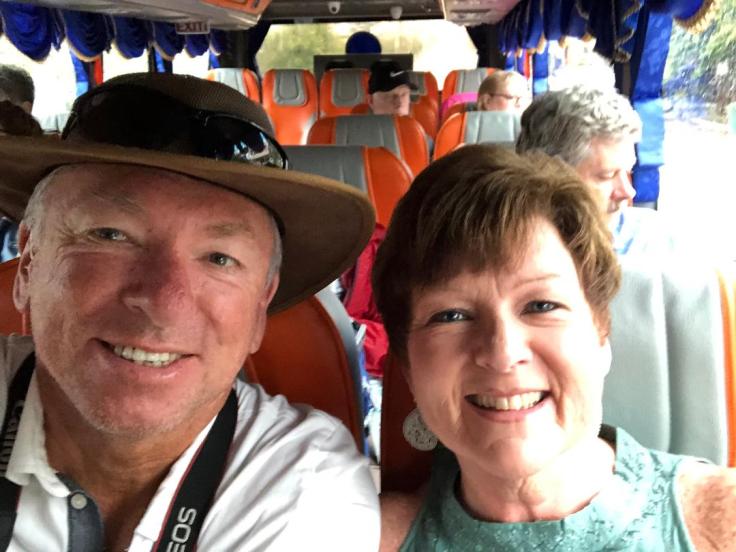
On the bus ready to start our day 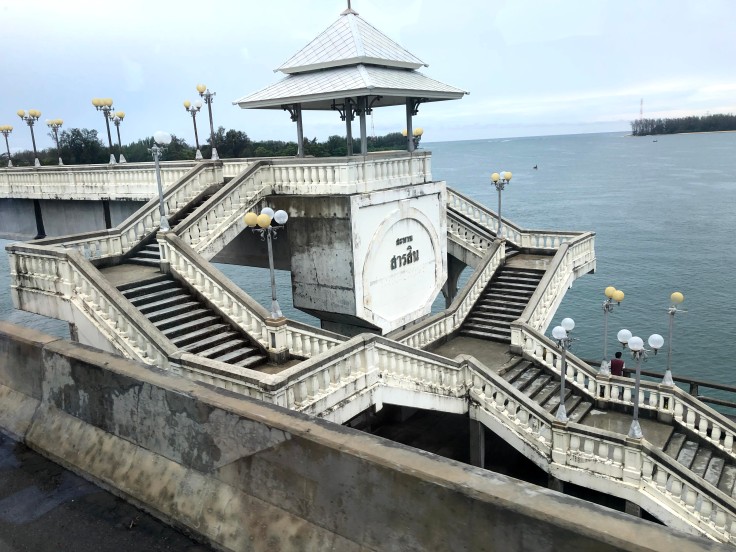
On our way to the river we passed this really cool pedestrian walkway 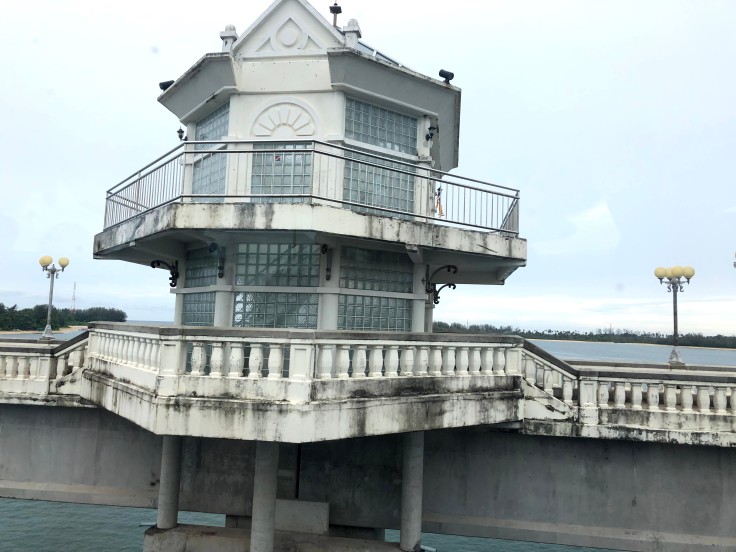
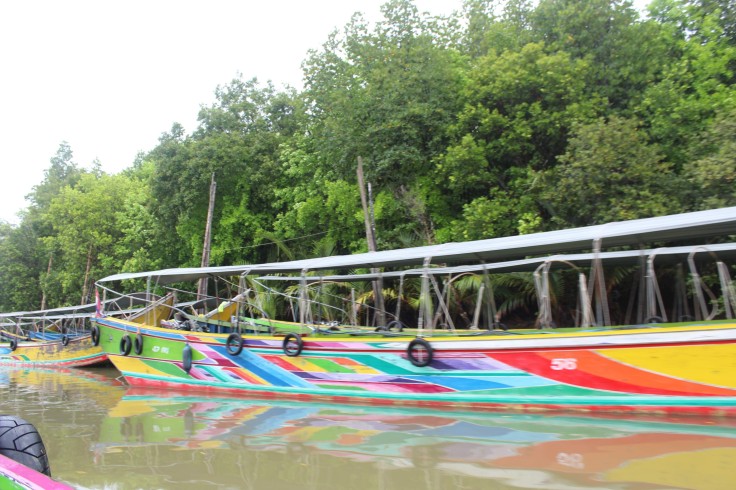
We rode a boat like this into the National Park 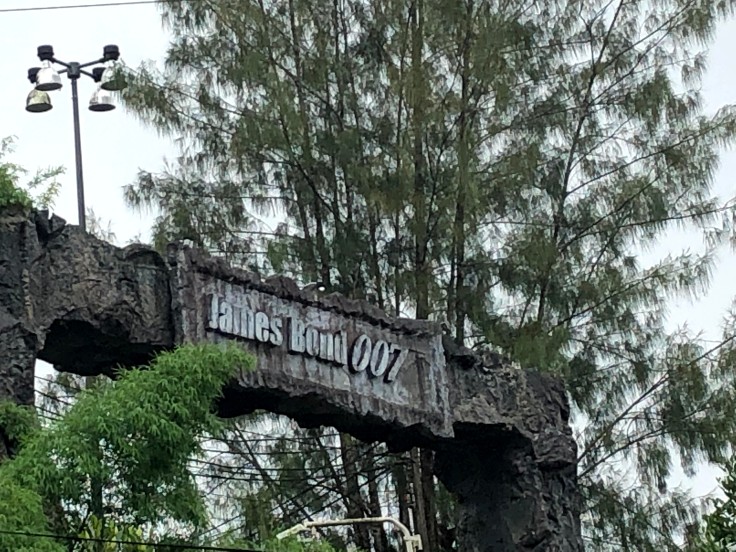
Sign where we got in the boat 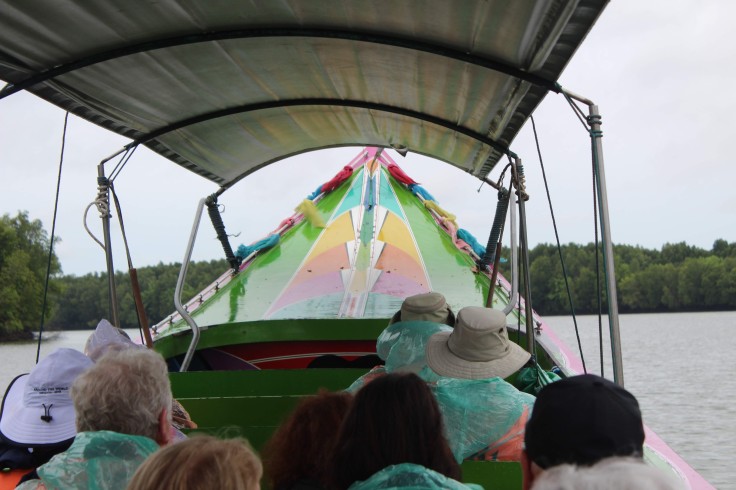
The nose of the boat sits way up in the air 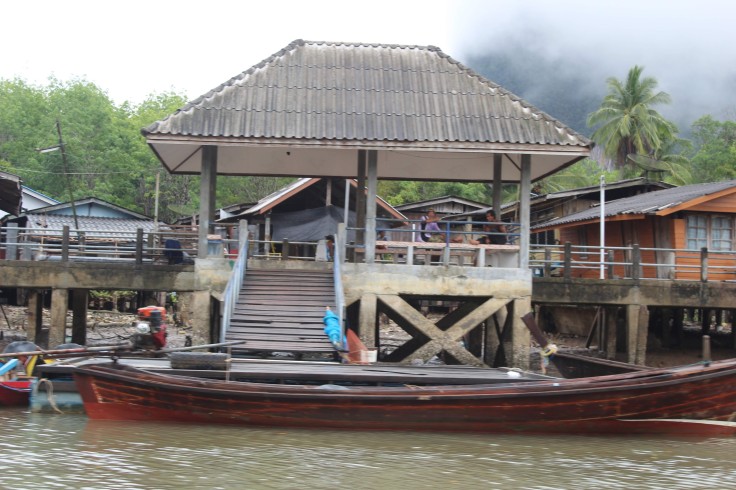
Housing along the way 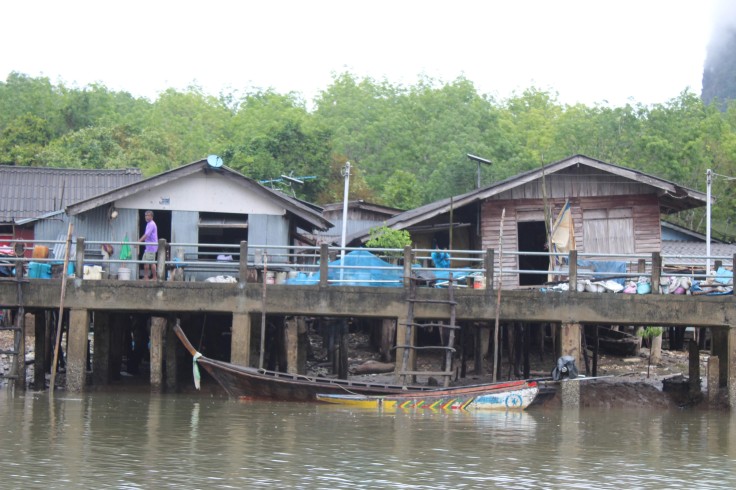
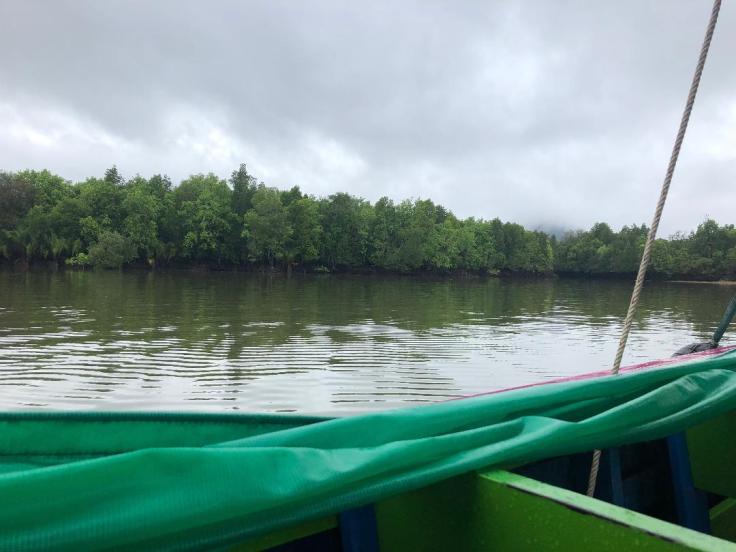
On our way… 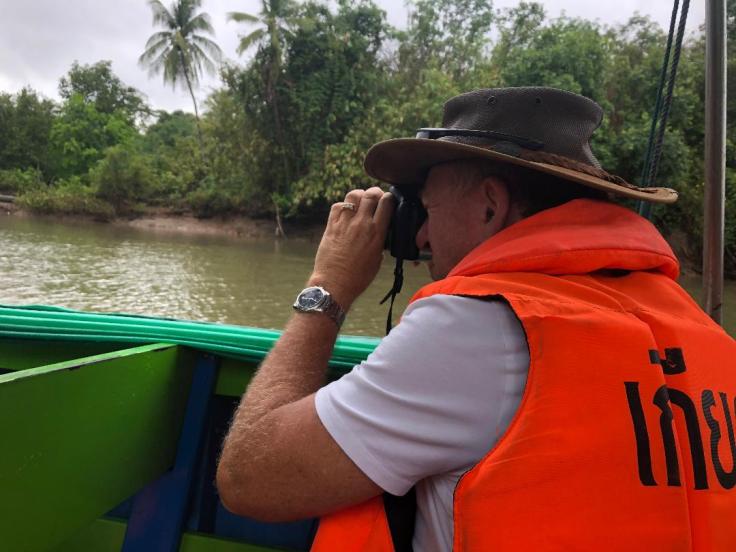
Photographer at work 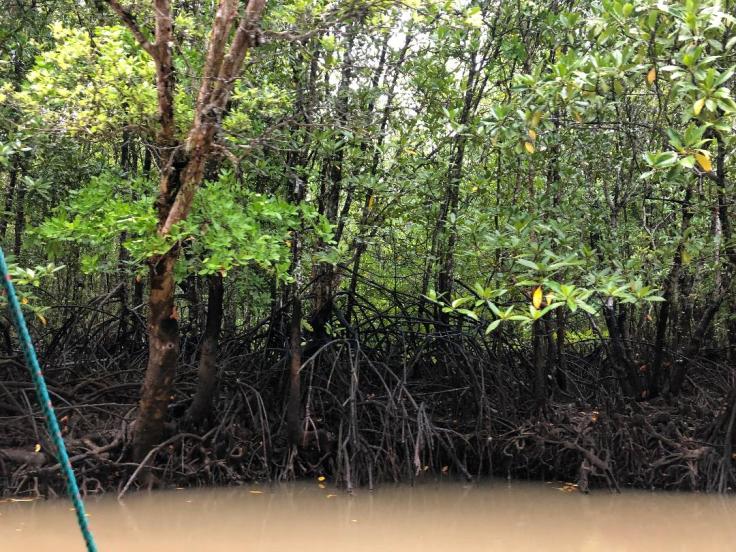
Mangrove forest 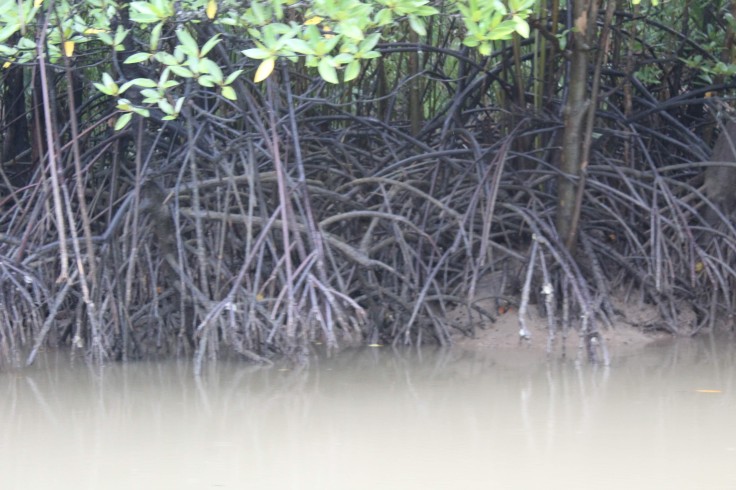
Mangrove forest 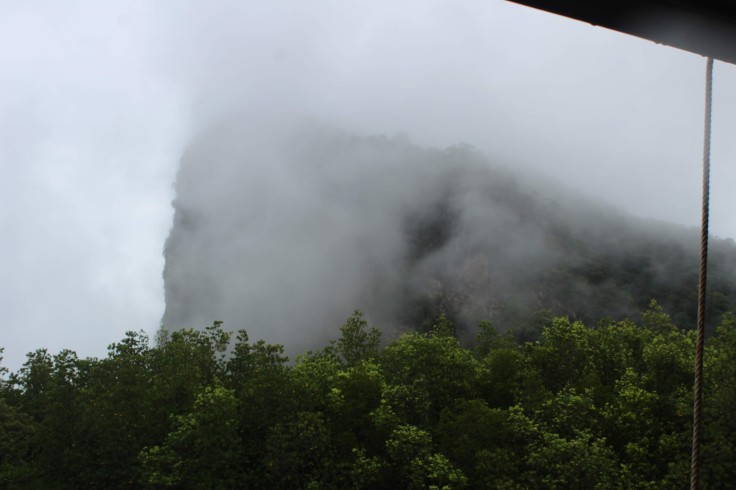
The cliffs begin to emerge 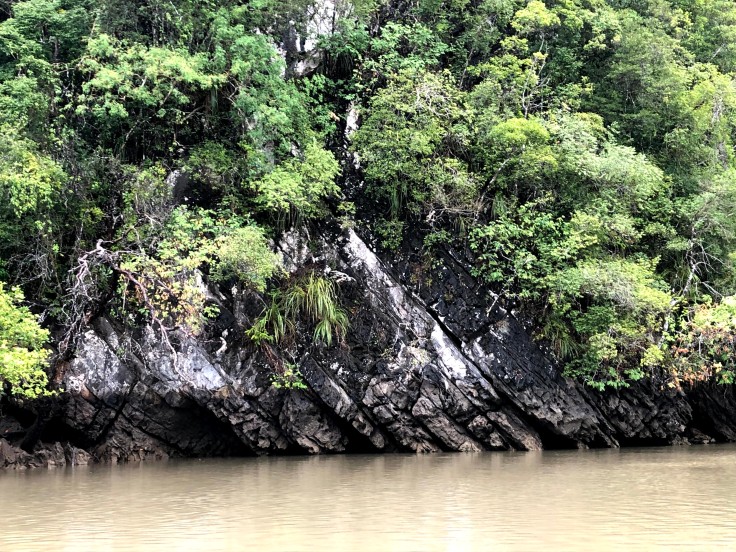
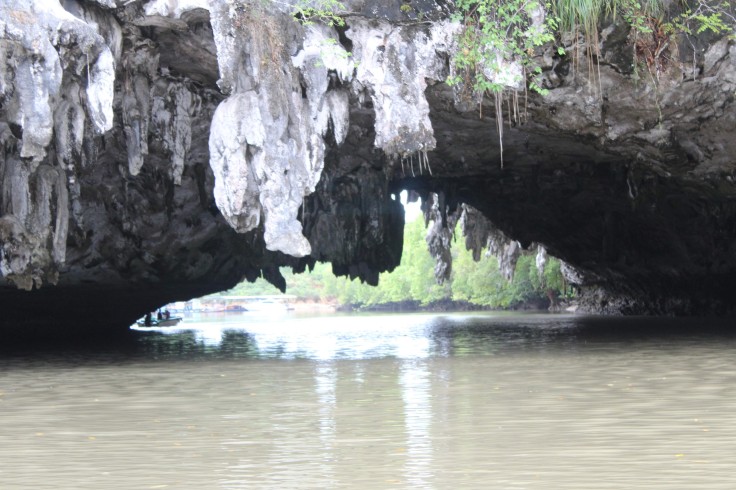
We’re going in! 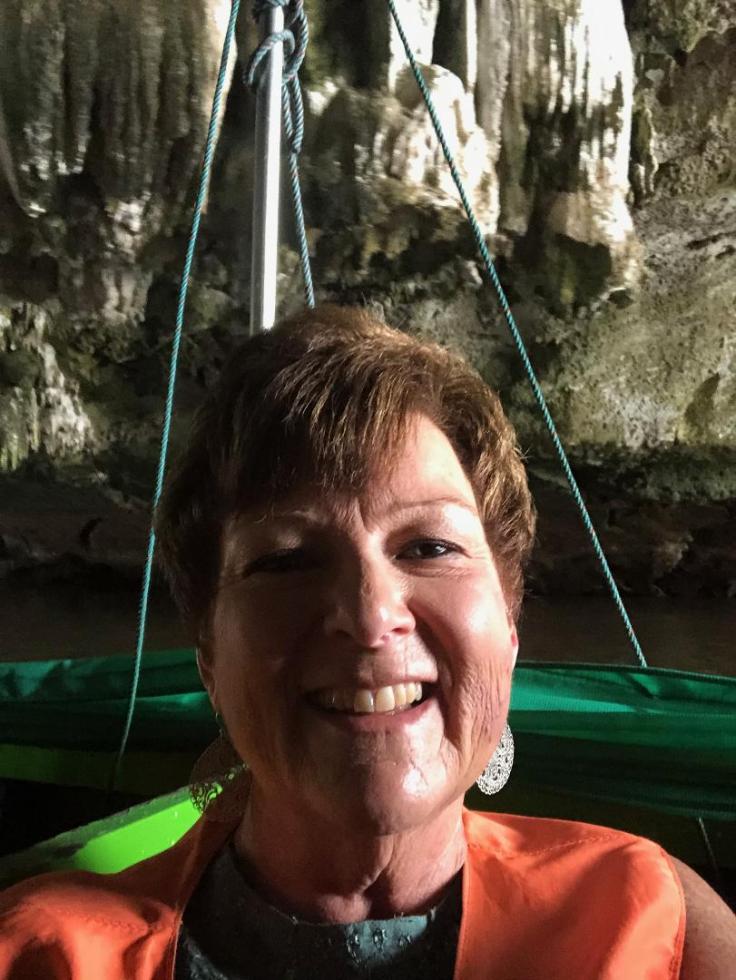
Inside the arch 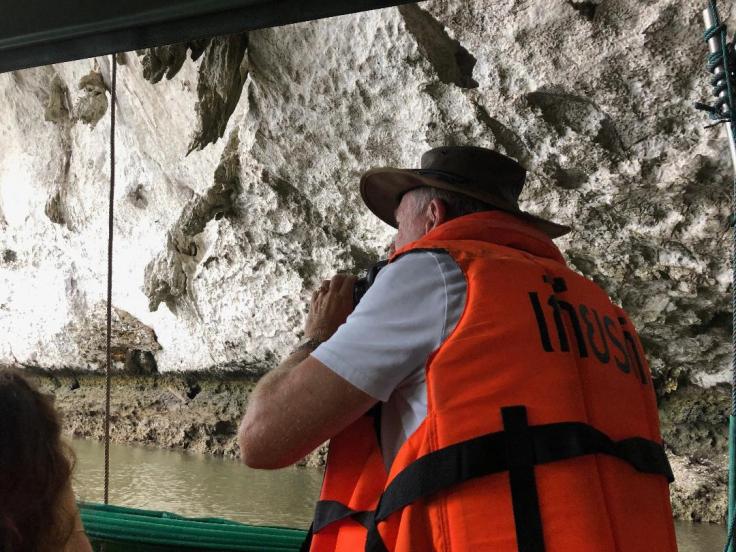
Getting great photos 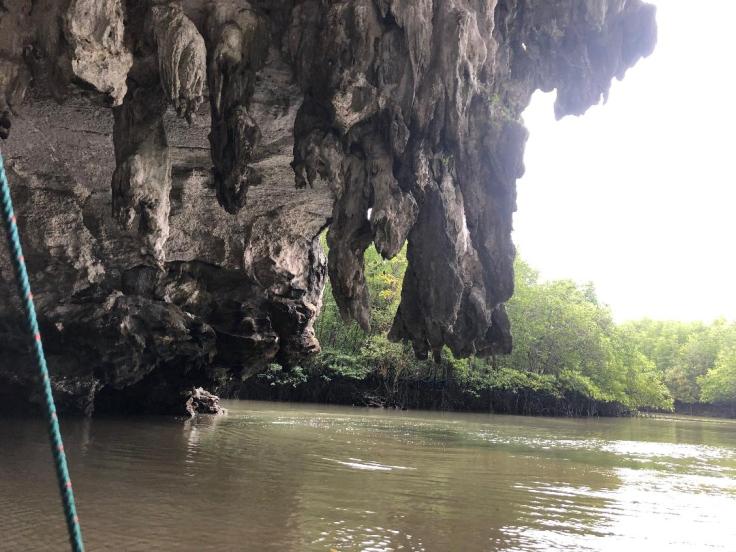
Exiting the arch 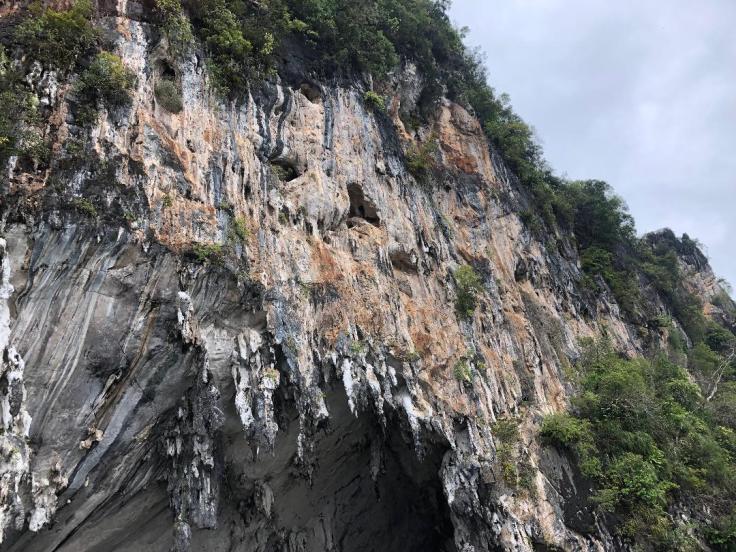
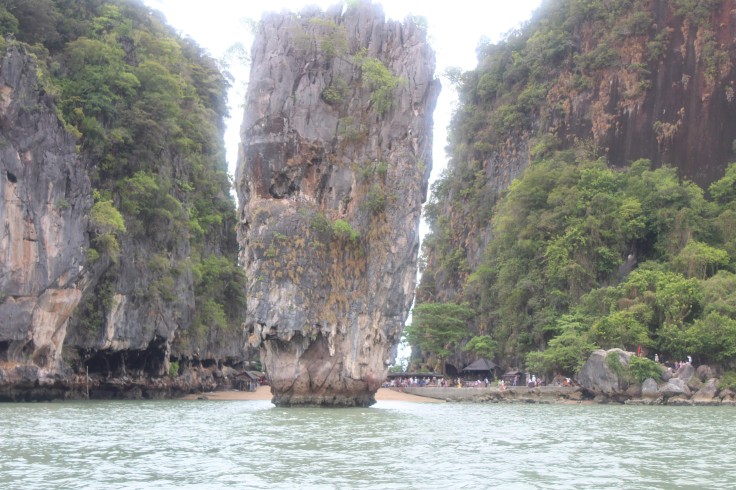
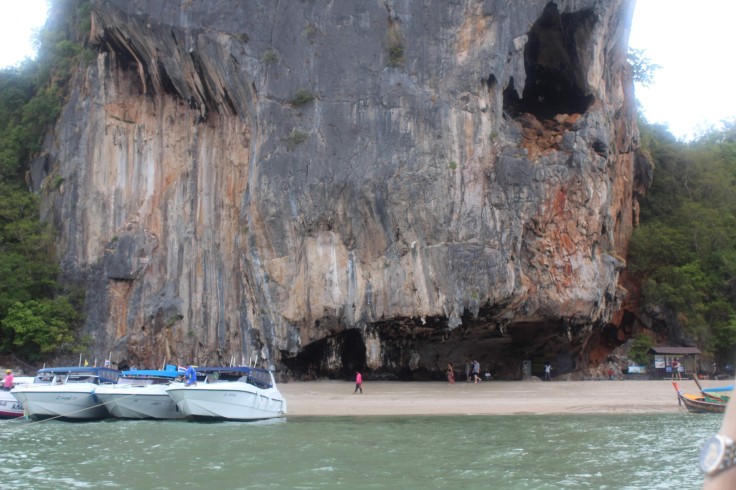
James Bond Island where scenes from “Man with the Golden Gun” was filmed 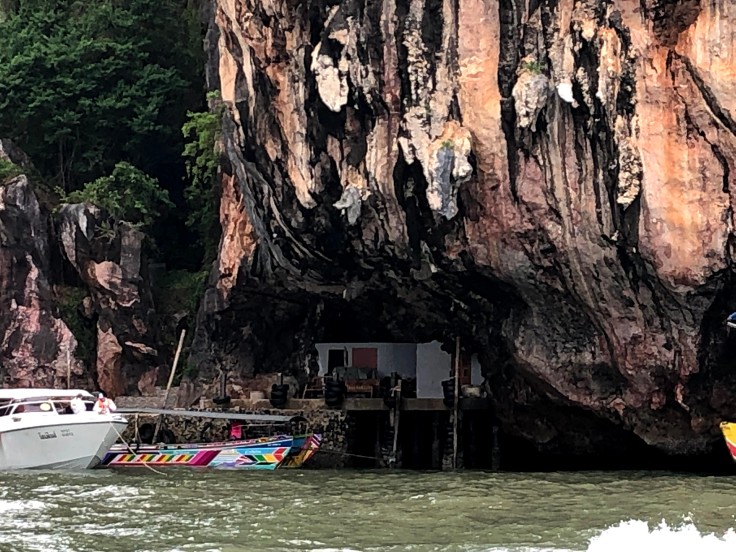
Someone actually lives in that little house in the cliff! 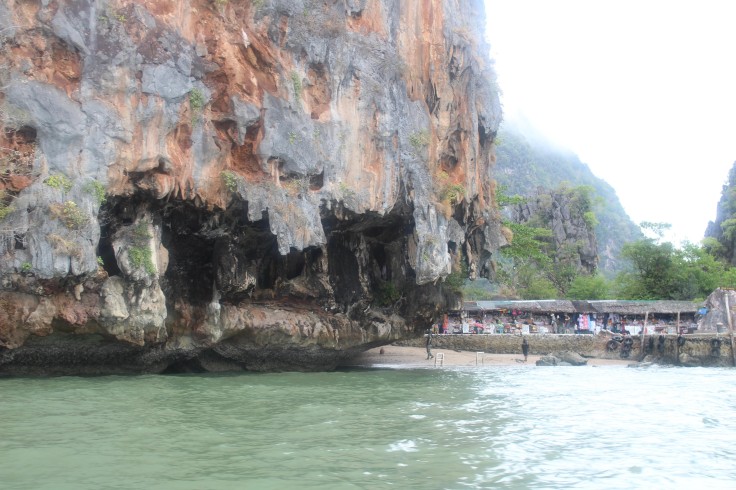
Area where scenes from “Tomorrow Never Dies” were filmed 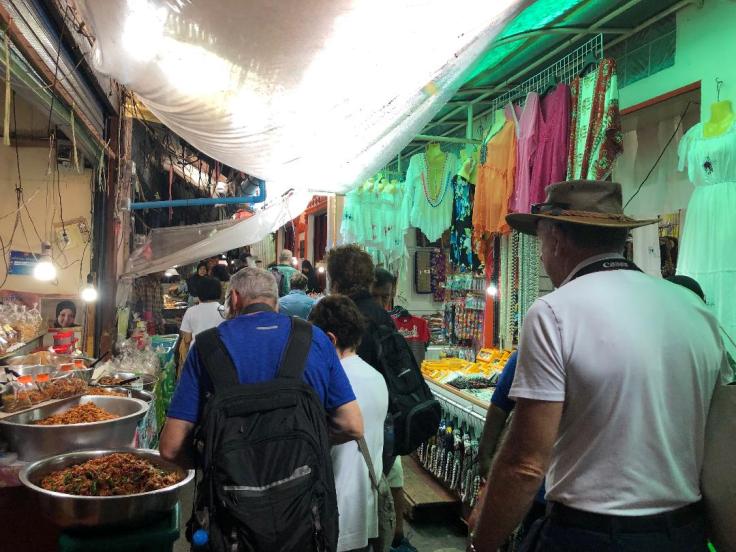
The market at Ko Panyi 
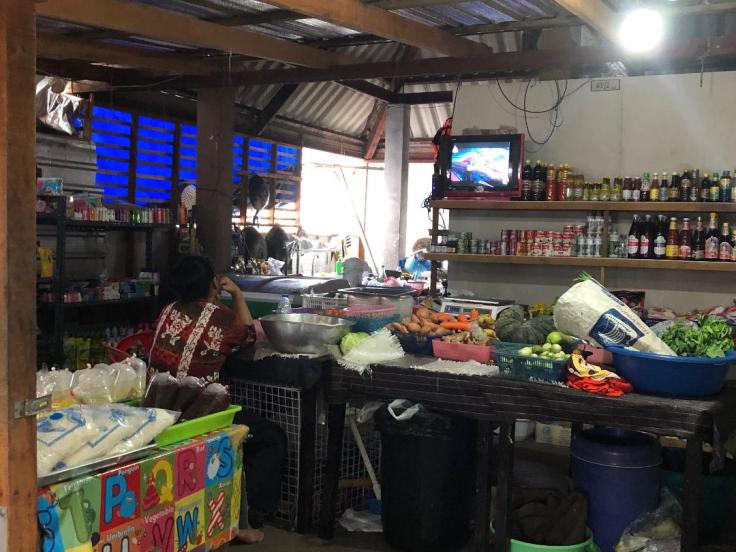
When things are slow you watch TV 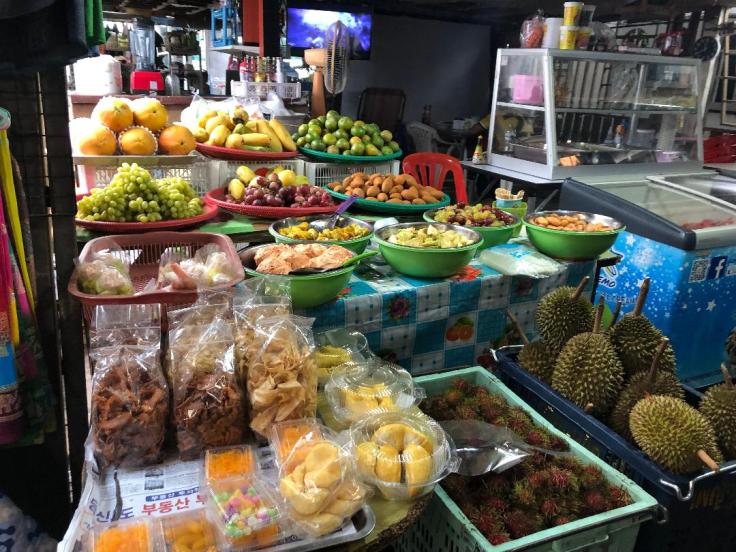
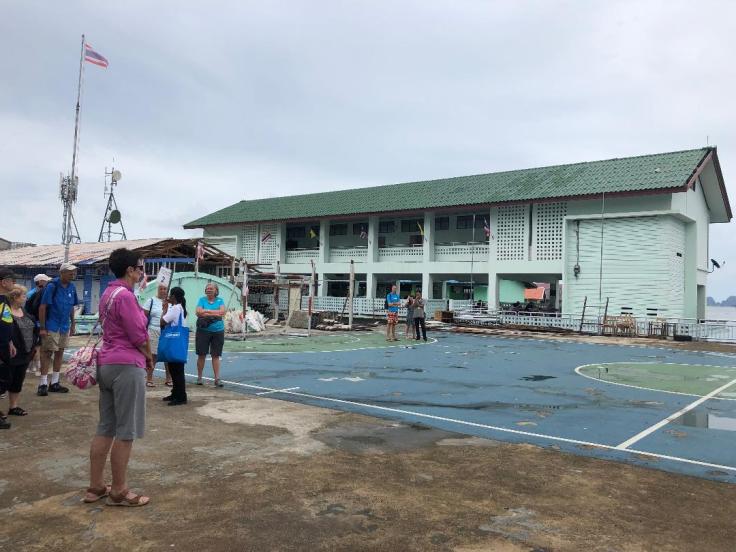
Ko Panyi school 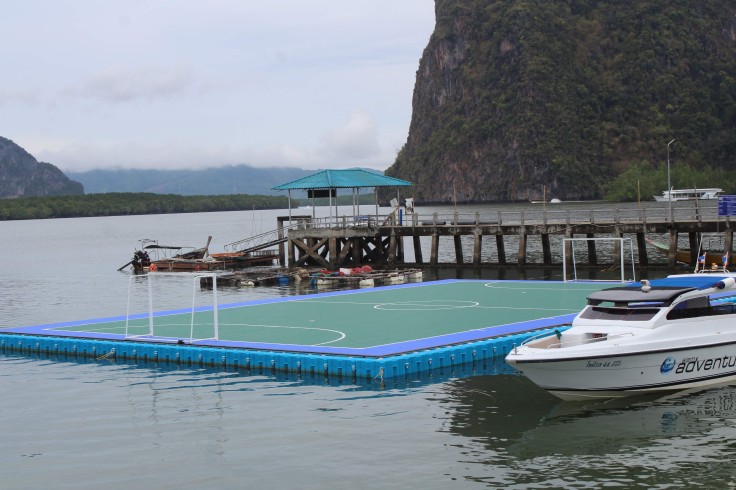
A floating stadium. Gives a whole new meaning to keeping the ball in bounds! The students have won multiple local championships. 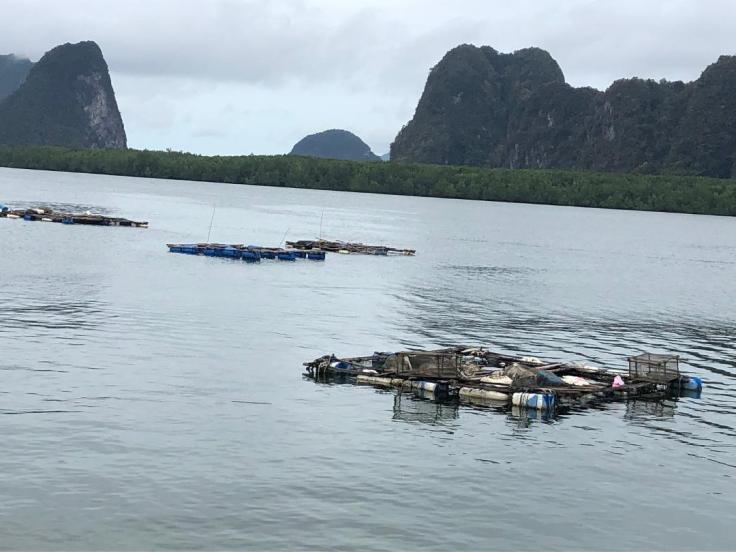
A fish farm 
Housing in Ko Panyi 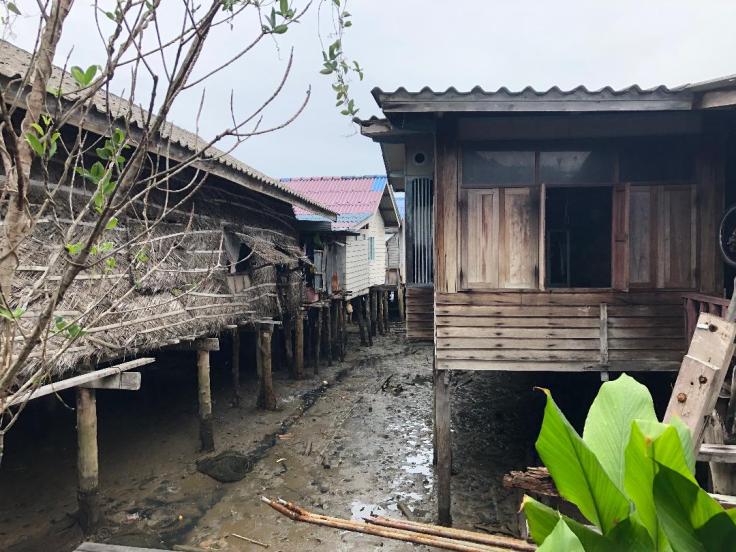

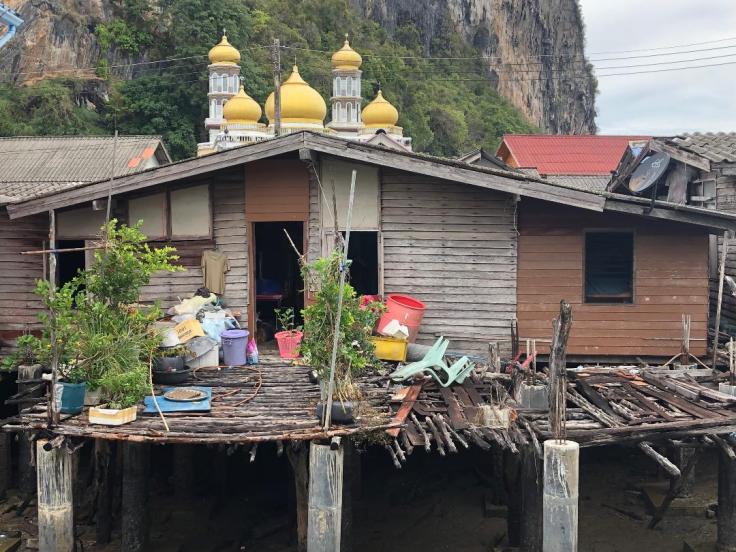

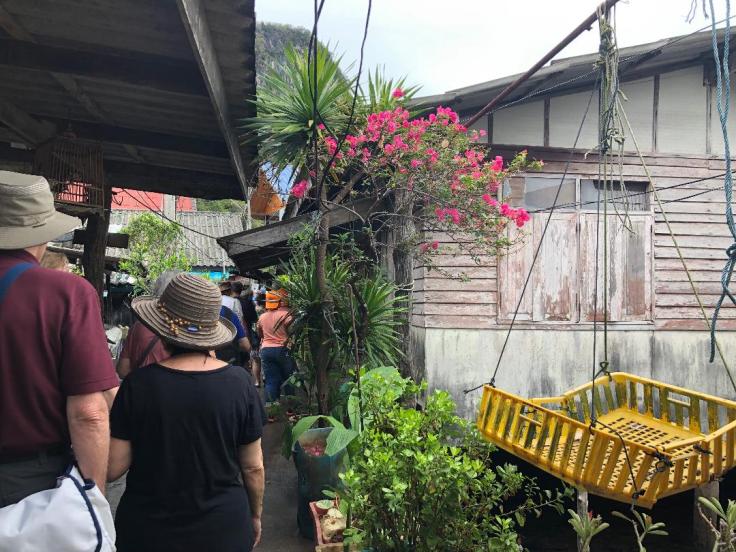
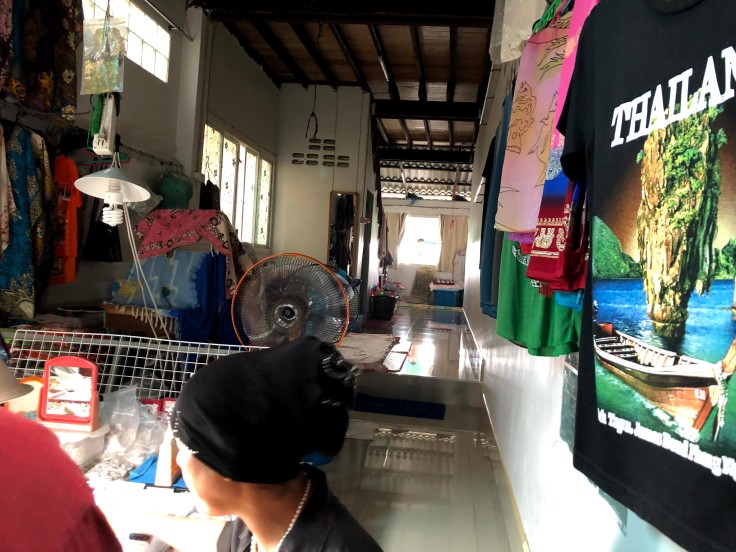
Some people in the market have made nicer living accommodations at the back of their store. If you look all the way to the back of this photo you’ll see. 
3,000 year old hierogliphics
